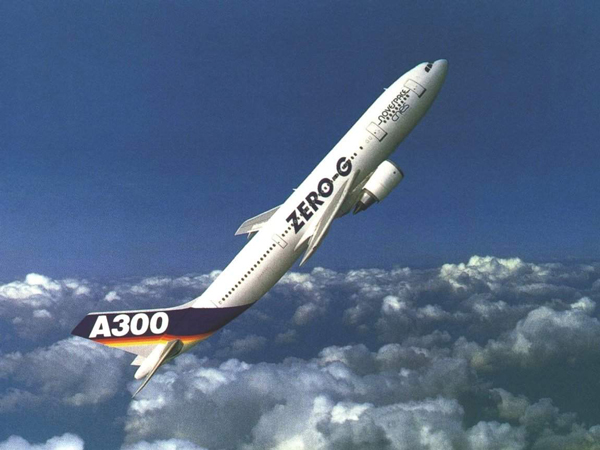WOODWAY NEWS - Treadmill on International Space Station |
||||||||||||||||||||||||||||||
|
| May 21, 2010 | QinetiQ Space team and astronaut Frank de Winne are testing a new
fitness device for ESA and NASA during parabolic flights Last week, a team of engineers of the Flemish space company QinetiQ Space (formerly
known as Verhaert Space) have successfully tested a new fitness device for astronauts in
zero gravity, on board of the Airbus ZERO G, stationed in Bordeaux (France).
“We develop this device for ESA and NASA (respectively the European and the American
Space Agency)”, says engineer Luc Vautmans, Project Office Manager at QinetiQ Space.
It is the intention to allow the astronauts to run on a treadmill in space (in weightlessness)
without floating through the cabin after taking 1 step. Until now this was realized with elastic
bungees, fastened at the height of the hips, that held the astronaut and pulled him down
during the running.
Astronauts train a lot and very intense during their stay on board of the International Space
Station (ISS) because the negative effects of weightlessness are very pernicious for their
muscles and bones and because of course they have to keep their body healthy in view of
their return to earth. However, according to the astronauts it is not very comfortable to run on
a treadmill while you are being pulled down with stiff rubbers. This week we have proven, on
board of the A300 zero G in weightlessness, that we can safely and carefully pull down
astronauts of different sizes with their own weight, independent of their running movements |


